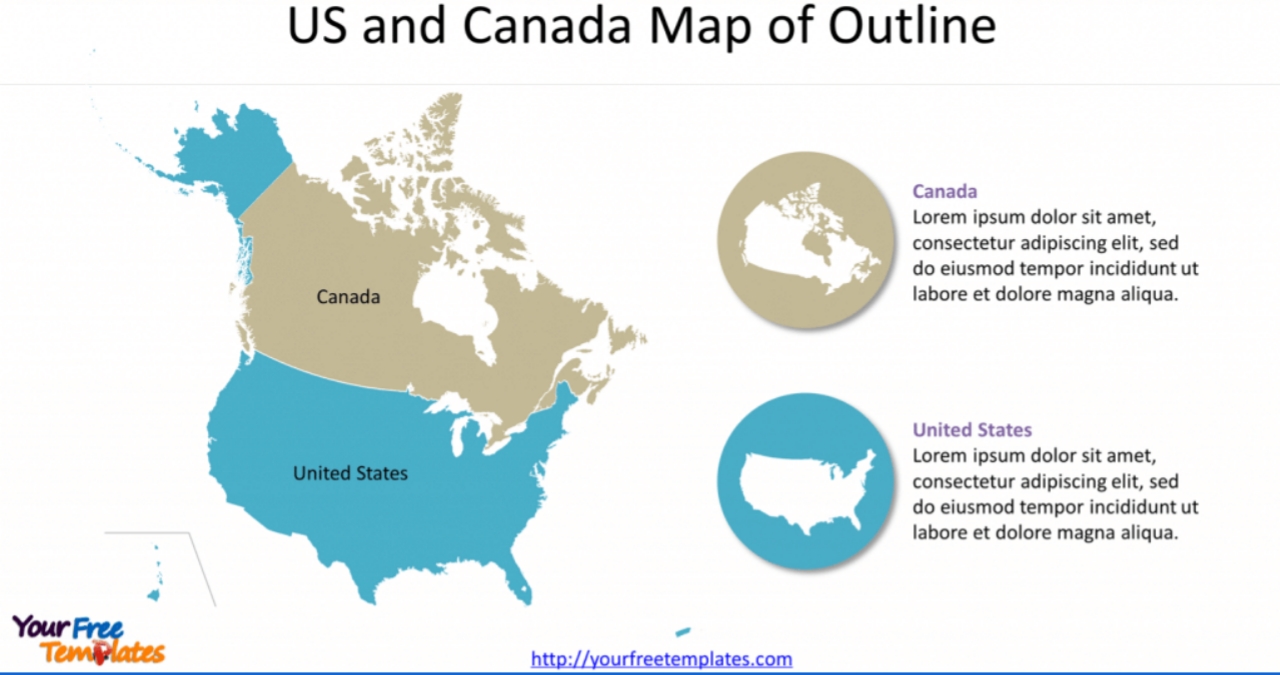Shipping Services From the US to Canada
In 2018, the U.S. exported $217 billion in services to Canada. Although the total was down 1.7% from 2018, it was still 298% higher than 2009 levels, and it was the largest increase since 1993, before the implementation of NAFTA. Services were the largest export, with travel, professional and management services, and intellectual property among the leading categories. Canada was the third largest supplier of goods to the U.S. in 2019. Here are some tips on shipping goods and services from the U.S. to Canada.
Unstaffed border crossings
Inactive and unmanned border crossings between the US and Canada exist on both sides of the border. These locations were once customs or immigration posts. From west to east, the list is arranged from New York to Canada. Under the heading Unstaffed Road Crossings, you can find a video telephone location. You can also find one in Angle Inlet, Minnesota, which is located just 12.5 km from the US border.
While the Canadian Port of Entry opened in March 2013 after receiving stimulus money, the US port of entry building, built in 1935, hasn’t been updated or replaced. It still has a single-lane carport, but all road traffic is channeled through it. This design requires an additional, heavy building to support the automated crossing system. The Canadian Port of Entry is currently considering a remote check-in kiosk that will allow pre-screened crossers to cross during off-hours.
Shipping from the U.S. to Canada
Shipping to Canada from the U.S. can be a complex process, but is actually more straightforward than shipping overseas. With shipping rates and carriers optimized for each individual order, it is possible to choose the most cost-efficient carrier and rate combination. Calcurates will even automatically calculate the charges on your behalf. With just a few clicks, you’ll know exactly what to pay and when your package will be delivered.
The United States has strict regulations regarding drugs and food exports. Violations can result in detention of the cargo, or even criminal charges. To avoid these costly issues, it is essential that you comply with all applicable documents and permits. Failure to do so can result in your shipment being confiscated or destroyed. You’re also responsible for paying the costs associated with violations. For this reason, it’s important to understand how destination charges work before sending your package.
Taxes in Canada
If you’re a resident of Canada and live and work in the United States, you may be wondering if you need to pay Canadian taxes. Generally speaking, no. However, you should be aware that there are differences between Canada and the US, and that you may need to file a Canadian return if you intend to keep your business income in Canada. While a Canadian resident must file his or her personal income tax return in Canada, the same is true for a US corporation.
While the IRS does not fully exempt US residents from Canadian taxes, it does protect some US expatriates from double taxation. For example, there are certain rules for capital gains from the sale of a Canadian home. It’s important to discuss these details with a qualified US expat tax expert. Additionally, you should consider Canada’s Totalization Agreement with the US to avoid double taxation. Lastly, make sure to check the social security rules. For Americans, the rate is 33%, but you could pay higher if you are living in the upper brackets.
Customs regulations in Canada
Whether you’re traveling from the US or Canada, there are several details that you should know about Customs regulations in Canada. These regulations cover both parties’ rights and responsibilities. You may have to fill out forms to prove that you’re the owner of the goods you’re bringing from the US. In addition, the regulations cover the way the government handles your goods during the customs inspection process. Below are some of the important details about these regulations.
Duty on imported goods must be calculated according to the value in Canadian currency. This is done by the regulations of the Currency Act. The government must inform you of this determination in writing. Whether your goods are larger than the specified value, you’ll have to pay the appropriate amount in duties. Whether the goods are in boxes or crate form is irrelevant. However, if you’re moving between countries, the customs regulations in Canada for US to Canada will affect your shipment.
Transportation from the U.S. to Canada
If you want to travel across the U.S., it is possible to use intercity buses. Greyhound Lines, which operates routes throughout the contiguous U.S., operates the largest intercity bus system. Many regional bus companies also use the Greyhound facilities. Intercity buses are the least expensive way to travel long distances in the U.S., and they are an excellent choice for many people.
Most goods are shipped in containers through seaports. Cargo is then transported by road or rail to its final destination. The United States Postal Service is the primary provider of letter and express mail delivery, while UPS and FedEx compete in the cargo delivery market. However, the monopoly of the United States Postal Service may be a disadvantage. In addition, there are a variety of private companies that specialize in package and cargo delivery. In 2014, the United States Postal Service reported that there were 33,736 motor vehicle traffic deaths, more than any other cause.

I’m publisher on vents today if anyone want post on our website then do contact







